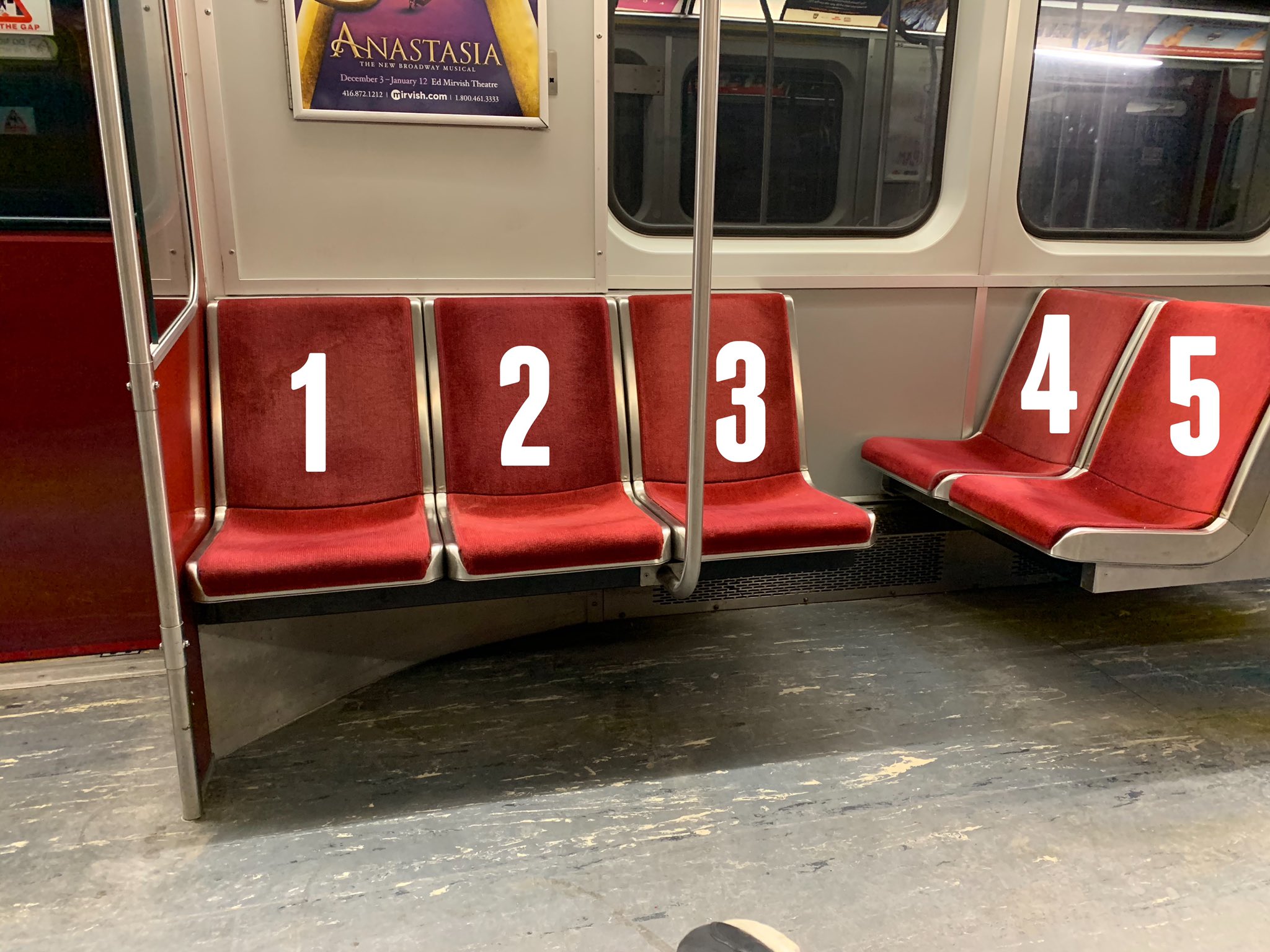W. K. Lis
Superstar
Longitudinal seating is disliked by most actual transit users. Toronto's subway cars are wider than most other prior subway or metro cars of the time (1950's designs). This allows for the transverse seats, which most riders like.Vancouver's rail system is frankly better than the TTC Subway. Higher frequencies, and still plenty of capacity.
It doesn't because it is not so simple as measuring the floor space of the train, the TTC refuses to put longitudinal seating in its trains which alone shrinks the gap to 20%. Of course we could operate the Yonge Subway super frequently too, lots of "ifs", but we've seen over the decades that those are almost never fulfilled in this city.
Part of the problem is this attitude of "we need a relief line" every time anything gets built, what if we just served the popular markets, ran the GO Trains more frequently and fixed the seating layout on the subway.
Most people hate to take a middle seat, especially between two strangers. With longitudinal seats, there are more chances of having to sit between strangers.




